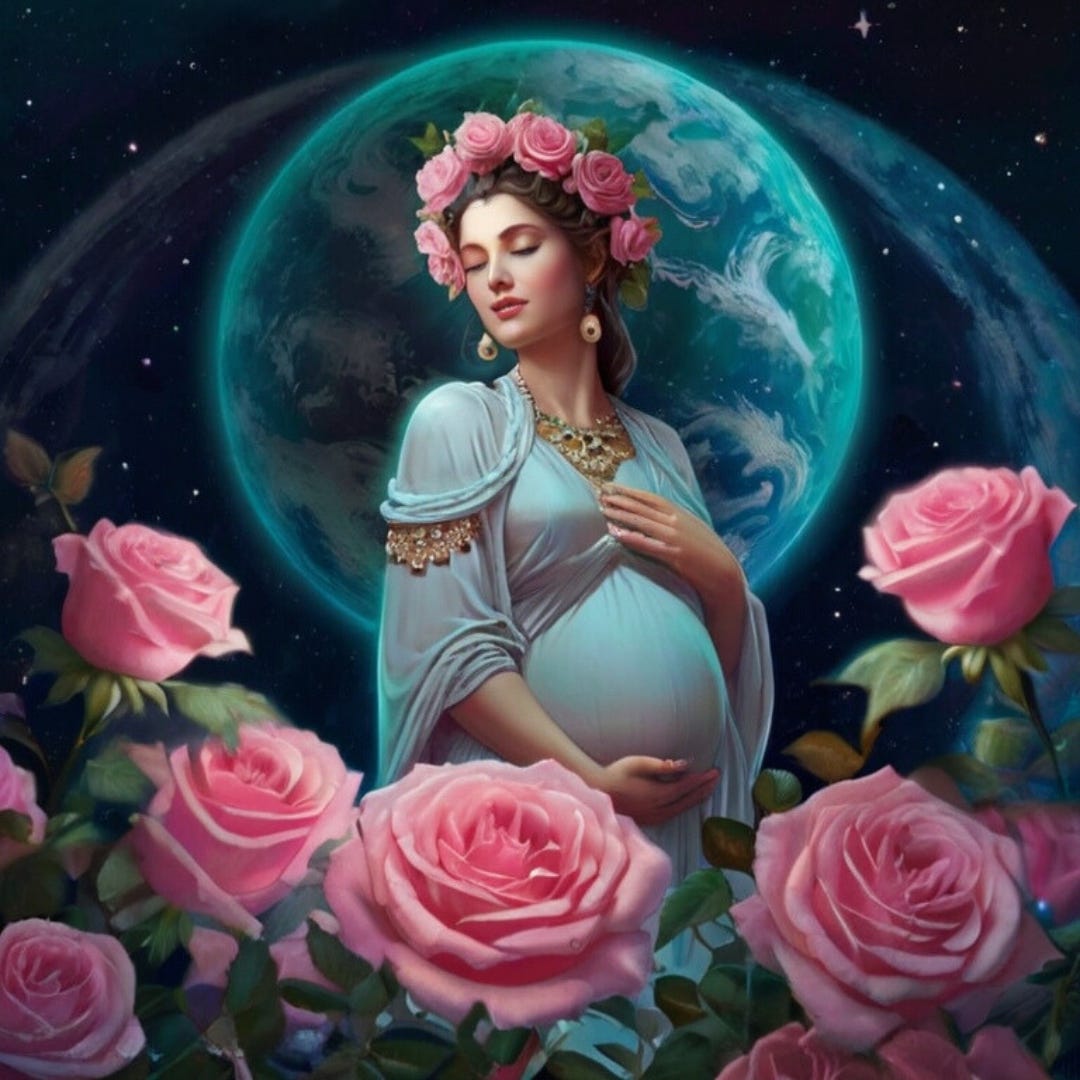Why should we bother revisiting the teachings of the ancient Gnostic teachers of wisdom? Maybe because they were the first (or at least the ones we have the earliest writings from) to point out that we live in a simulation or a holographic universe. The fact that we are trapped inside a hologram is something I discovered first-hand during an out-of-body…
Keep reading with a 7-day free trial
Subscribe to Angelorum Tarot & Soul Alchemy to keep reading this post and get 7 days of free access to the full post archives.





